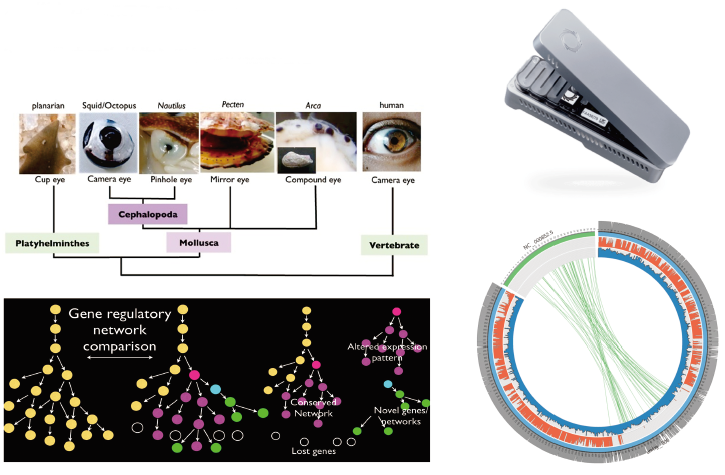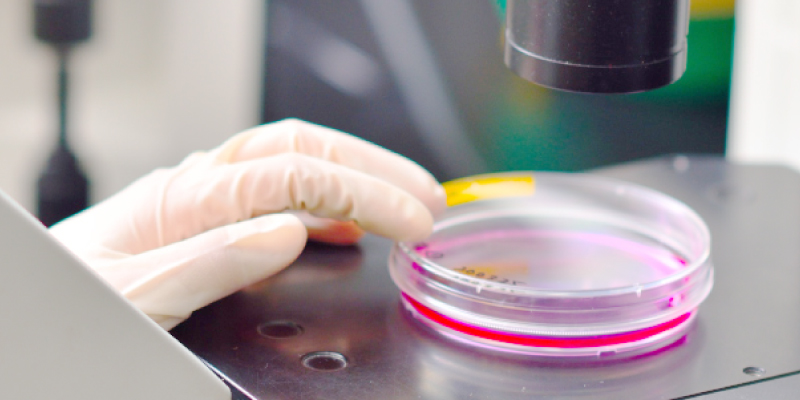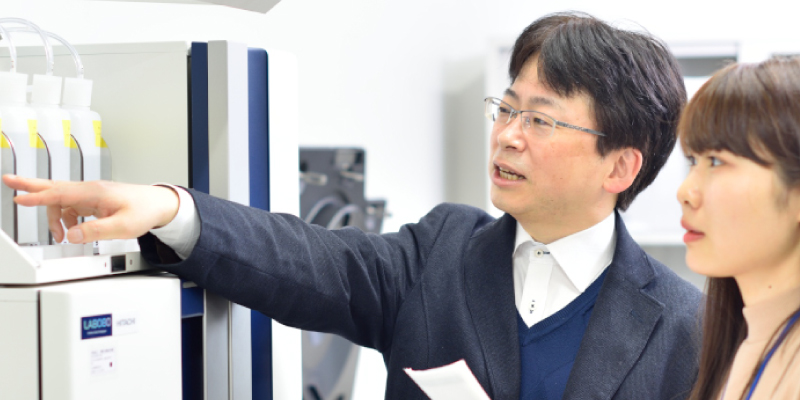アニマルバイオサイエンス学科
 小倉 淳(おぐら・あつし)
小倉 淳(おぐら・あつし)
Atsushi Ogura
専門分野/ゲノム生物学、分子進化学研究キーワード/生命情報、ゲノム、進化、多様性
職位:教授
学位:博士(理学)(総合研究大学院大学)
- 総合研究大学院大学博士課程修了
- JSPS特別研究員(PD)、 国立遺伝学研究所特任助教、 お茶の水女子大学特任助教,、徳島大学講師を経て本学へ
研究テーマ
地球上のすべての生命は起源を同じくしており、すべての生命が有する生命情報であるゲノム情報や発現遺伝子情報を次世代シーケンサで取得し情報解析から生命の進化・多様性を探る研究をしています。
1.脊椎動物および無脊椎動物における眼・脳神経系の進化2.様々な生物のもつ接着システムの進化
3.細胞内二次共生システムの初期進化

アプローチとしては次世代シーケンス技術および進化ゲノム解析技術、バイオインフォマティクス解析技術を基盤に研究を進めています。
| 研究の応用領域 | 産官学連携で求めるパートナー |
|---|---|
| ゲノム解析技術を用いたゲノム医療・環境ゲノム | 遺伝子資源探索およびその手法開発の関連企業・研究機関 |
Topics of research
To understand the species diversity and its evolutionary mechanism, we are focusing on the following topics:
1. Evolution of eye and central nervous system
The evolutionary study of eyes and brains aims not only at determining the evolution of the particular organs but also at understanding the role of the organs in the species evolution. There is a shared developmental process and a common gene regulatory network.
2. Evolution of adhesive molecules in various animals
Many organisms use glues. Biological adhesives can vary widely in structure and capabilities and often perform in ways that differ greatly from man-made adhesives. Studying biological adhesives can reveal their diversity and their function in nature.
3. Evolution of early stage of secondary symbiosis
Protists often retain symbionts such as algae. This phenomenon is key to understand the reason why photosynthetic organisms appear in deferent kinds of phyla.
主な業績論文等
- *Yonezawa K., Nakata K., Minei R., *Ogura A. “DASE2: Differential Alternative Splicing variants Estimation method without reference genome, and comparison with mapping strategy”, 2017, IJDMB
- *Komiyama T., Lin M., *Ogura A. “aCGH Analysis to Estimate Genetic Variations among Domesticated Chickens”, 2016, BioMed Research International, 1794329
- Kamijo A., Yura K., *Ogura A. “Distinct evolutionary rate in the eye field transcription factors found by estimation of ancestral protein structure” 2015, Gene, 555:2, 73–79
- Yoshida M., Yura K., *Ogura A. “Cephalopod eye evolution was modulated by the acquisition of Pax-6 splicing variants”, 2014, Scientific Reports, 4:4256
- *Ogura A., Yoshida M., Moritaki T., Okuda Y., Sese J., Shimizu KK., Sousounis K., *Tsonis PA. “Loss of the six3/6 controlling pathways might have resulted in pinhole-eye evolution in Nautilus” 2013, Scientific Reports 3:1432






